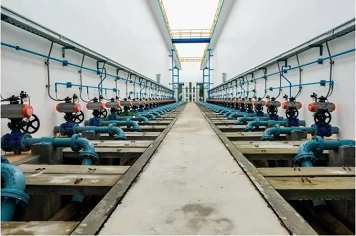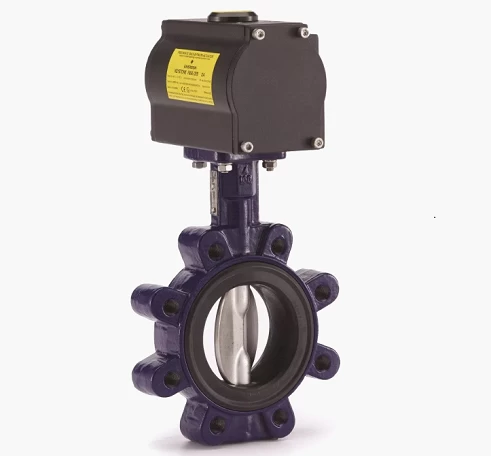Butterfly valve evolution
The flow control valve market is highly diversified and suitable for many industries around the world. With the increasing demand for higher efficiency in the market sector, valve manufacturers continue to increase the life cycle of their products for customers. These customers require lowering the cost of ownership throughout the life cycle of the valve while ensuring its safety.
Butterfly valve
Butterfly valves provide an effective cut-off method for isolating and regulating fluid flow. The successor of traditional gate valve technology-bulky, difficult to install and unable to provide the tight shut-off required to prevent emissions and inefficient production-The butterfly valve developed in 1950 is a smaller, lighter alternative that can effectively solve the leakage problem.
The first series of butterfly valves on the market are flexible seated butterfly valves used to replace gate valves in low-pressure, low-temperature environments (such as utility applications). These elastic seat butterfly valves are lined with elastomer and have a concentric disk design, which means that the disk and shaft are located in the center of the valve body and piping. It is different with metal to metal seat butterfly valve nowadays The disc rotates 90 degrees from fully closed to fully open, and manual or electric actuators can be installed. Rotating the actuator moves the disc to limit or allow the flow through the pipe. This design allows users to adjust the flow through their system.

As the industry becomes more familiar with butterfly valve technology, end users realize that its more compact and lighter design can be used to meet emissions and safety challenges in a wide range of applications.
With the development of elastomer-lined butterfly valves, end users can use them in higher temperature and more corrosive applications, such as mild corrosion, food service, and hot air. An example of this development is Emerson's Keystone Figure 990/920 with TFE seat, which is very popular when replacing other types of valves in food and beverage applications.
However, as end users began to push butterfly valve technology to the limit, the conditions were more demanding, emission control and safety reached higher standards, and high-performance butterfly valves came into being.
This new valve design uses double offset discs to reduce friction and wear on the valve seat, thereby extending the life of the valve. It can also withstand applications up to 1000ºF (537ºC) and pressures up to 1480 psi. Therefore, high-performance butterfly valves began to appear in high-cycle services.
This performance allows butterfly valves to be used in many applications and a wide range of industries, providing process modulation and control, including steam, hydrocarbons, high temperature applications, and high pressure applications.
However, there are still gaps in the market. The customer's demand for more efficient and safer valves has driven the demand for metal-sealed valves, which provide a tight shut-off function that neither gate valves nor high-performance butterfly valves can adequately provide.
To solve this problem, a triple offset butterfly valve was developed. According to international standards, two-way offset zero leakage (TOV) is the first to achieve two-way zero leakage, which provides a tight shut-off through a metal-to-metal torque seat and a quarter-turn non-friction rotation. This valve solution can handle extreme temperatures and pressures while providing a zero-leakage metal seal.

New market challenges
One of the current challenges facing customers using butterfly valves is the compatibility of the materials used and the application conditions. To meet this challenge, valve manufacturers are increasingly using new advances in the coating of valve bodies and flaps, making them useful in corrosive media.
Butterfly valves are not used in applications requiring large pressure drops. In addition, because the discs are in the flow path, they cannot be used in applications that require straight-through valves. They can provide a solution for modulation services, but not where strict control is required.
 +86 512 68781993
+86 512 68781993 


















